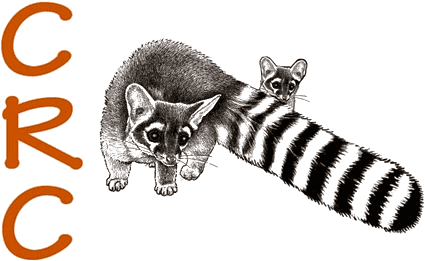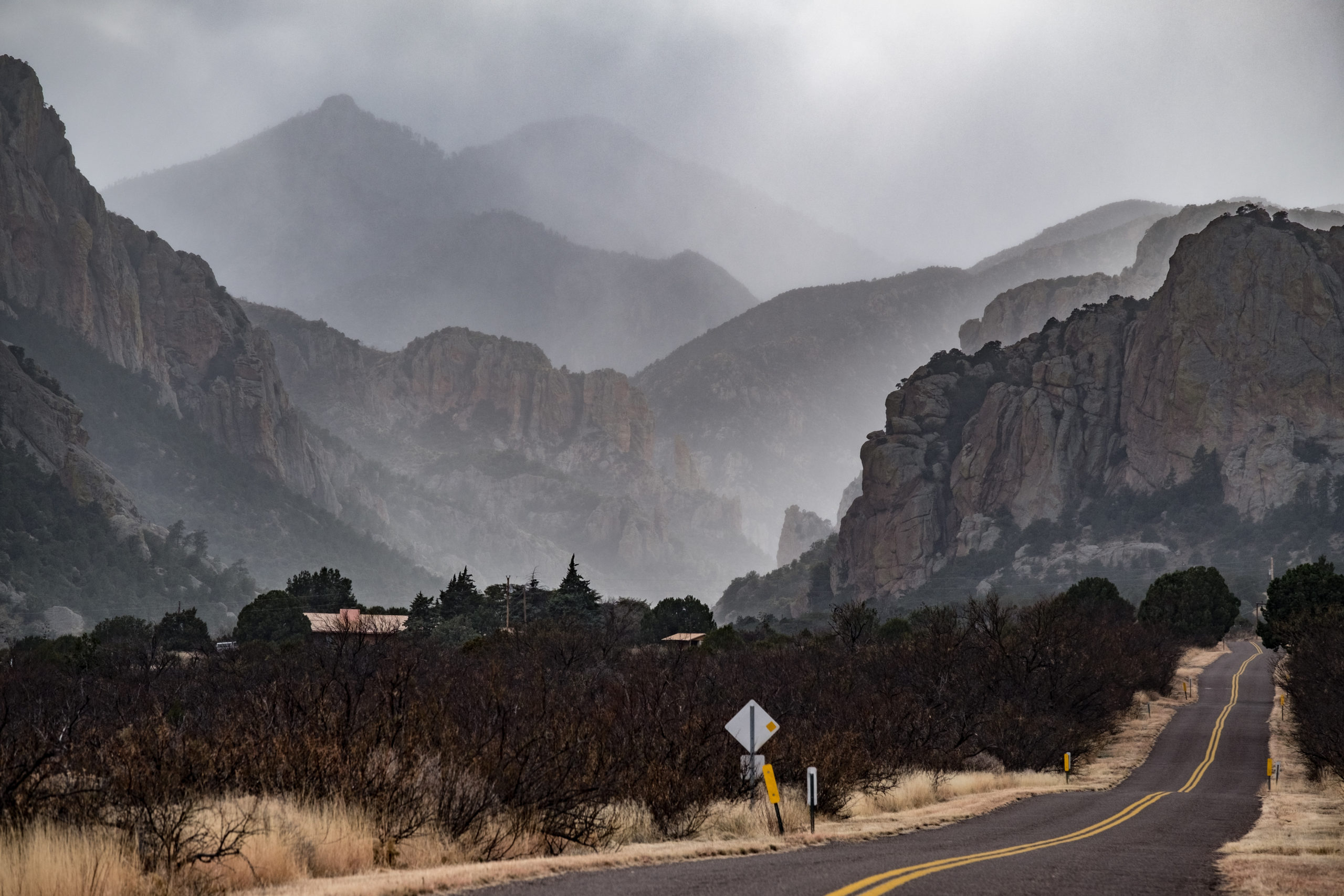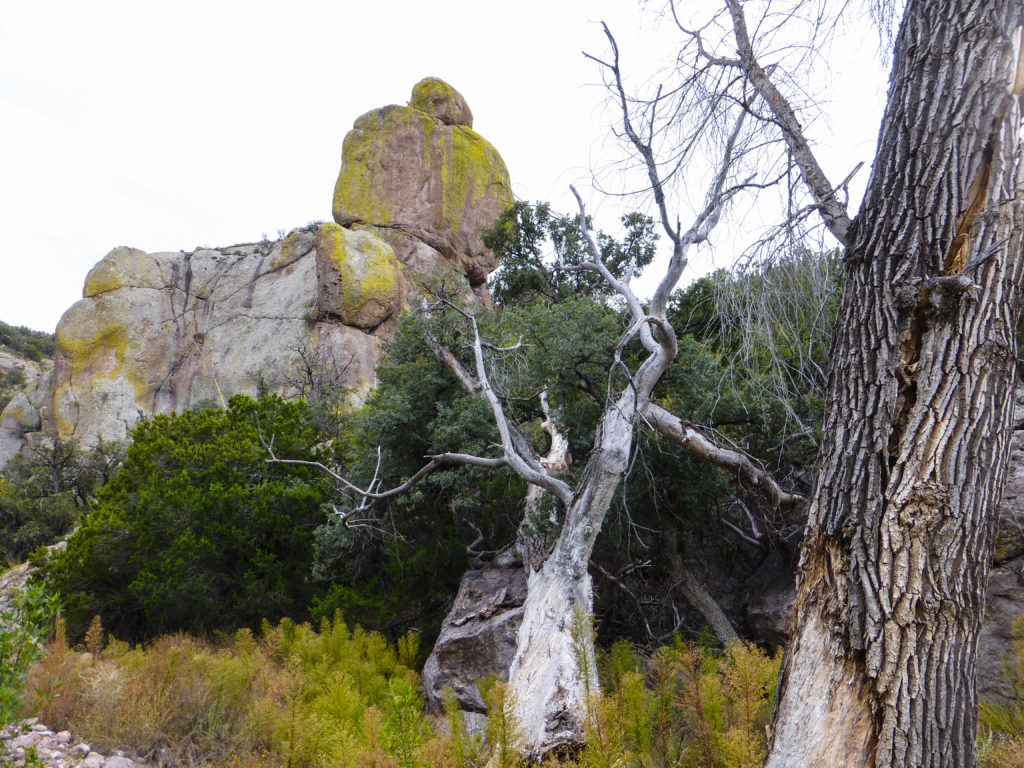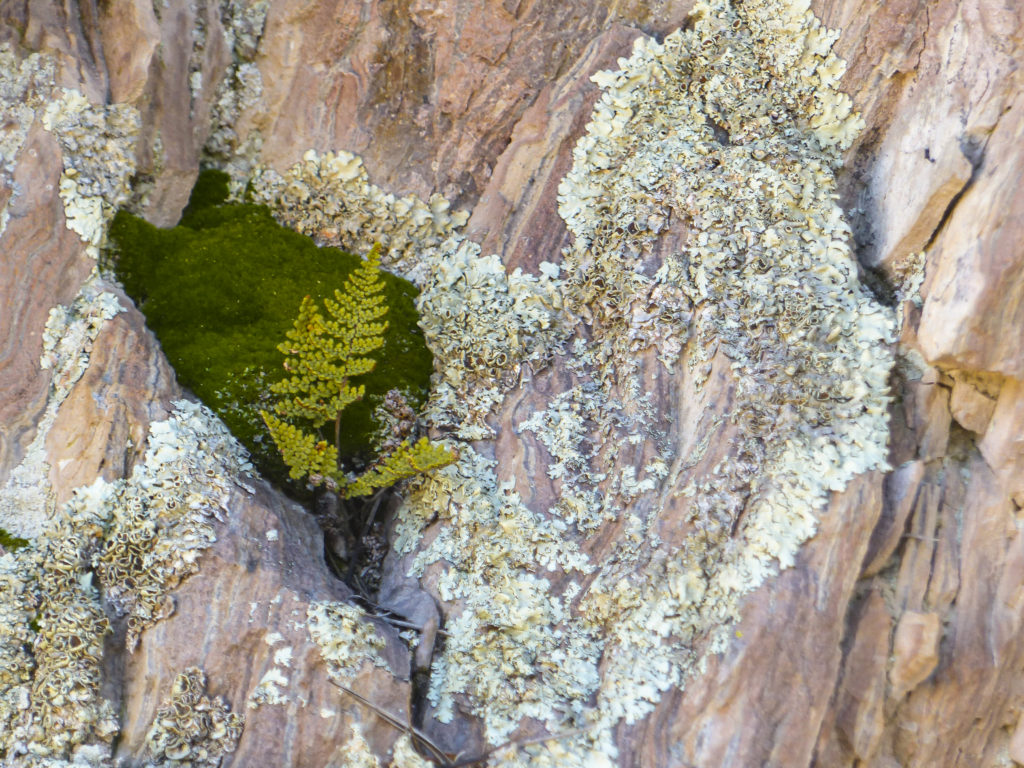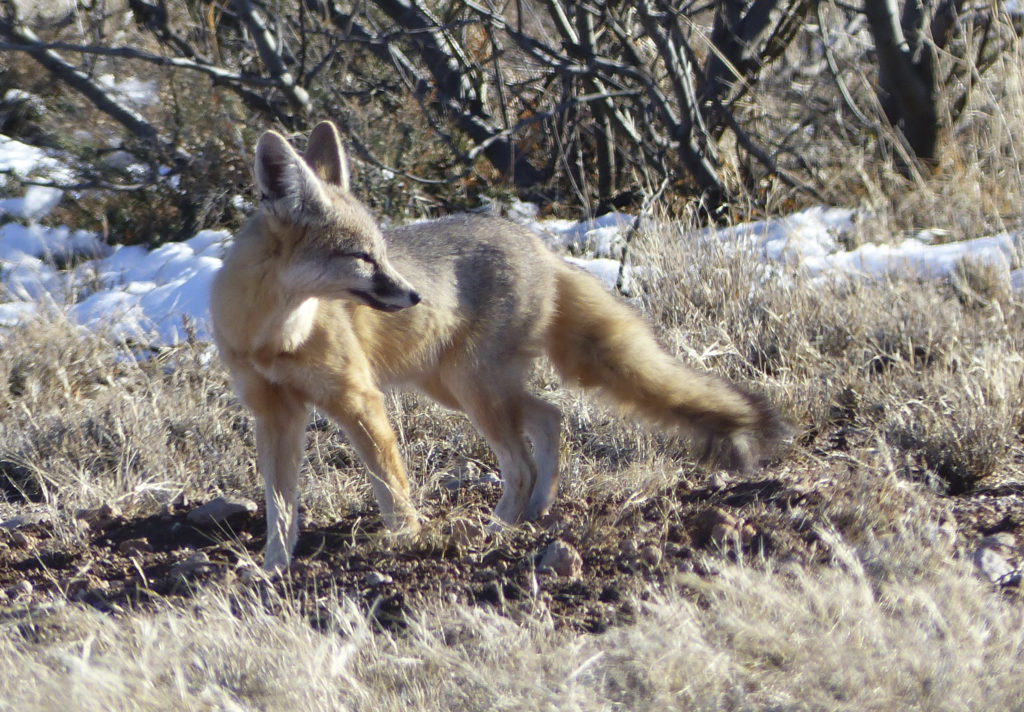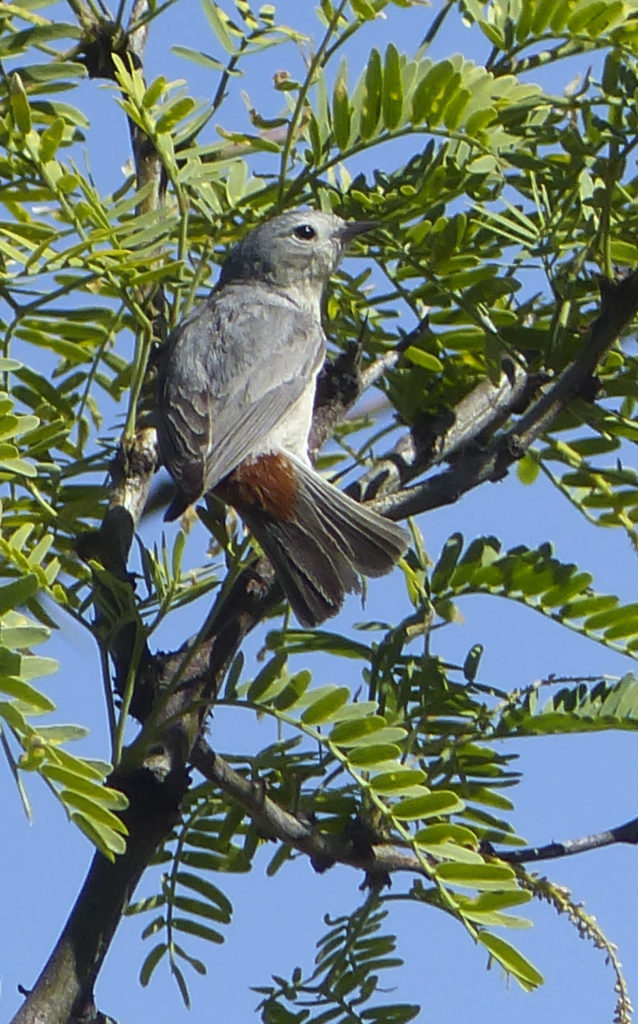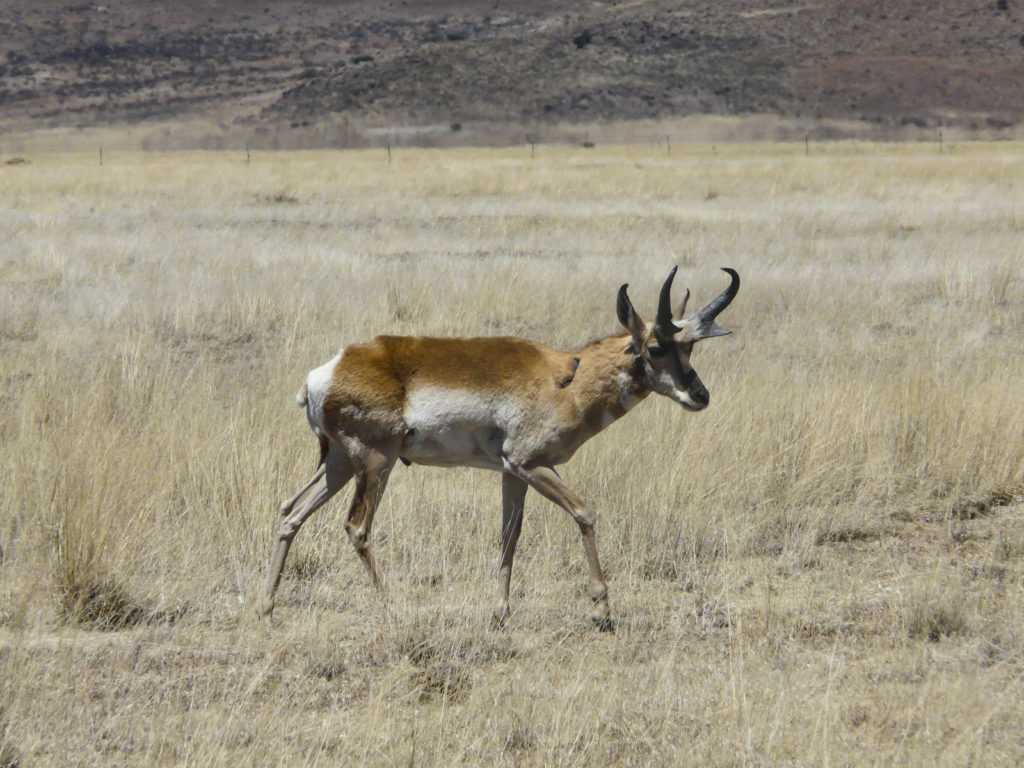What We’re Protecting
The Chiricahua Regional Council focuses on issues in the Chiricahua and Peloncillo region that can be damaging to public lands, water, wildlife and skies.
Issues include but are not limited to:
- over-grazing, erosion or unnecessary roads
- developments that would dam natural waterways or put too much pressure on aquifers
- projects that would interfere with habitats and pathways of native and/or endangered and threatened species
- ventures that would cause air pollution or reduce the ability to view and study dark skies.
The Chiricahua Mountains
Nestled at the intersections of the Chihuahuan and Sonoran deserts, and the Rocky Mountains and the Sierra Madre Occidental, this sky island stretches up to 9,760 feet (2,975 m). As the most biodiverse land area in North America, it includes five life zones, which support such notable species as Jaguars, Black Bears, both Mule and White-tailed Deer, along with the densest and most diverse nesting population of raptors in the United States. The northern end of the range becomes the Dos Cabezas Mountains at Apache Pass, and the southern end is bounded by the Swisshelm and Pedregosa ranges. Sulphur Springs Valley lies to the west of the Chiricahuas with San Simon Valley to the east.
-
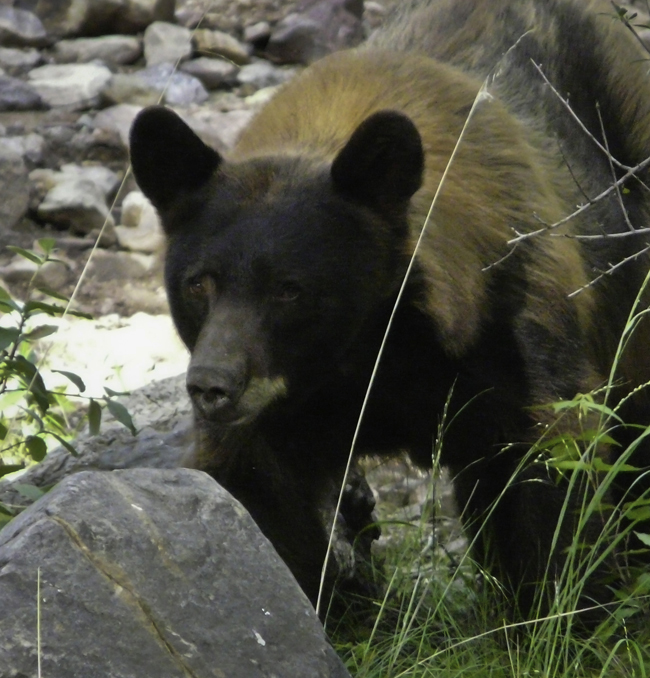
Black Bear
© Narca Moore -
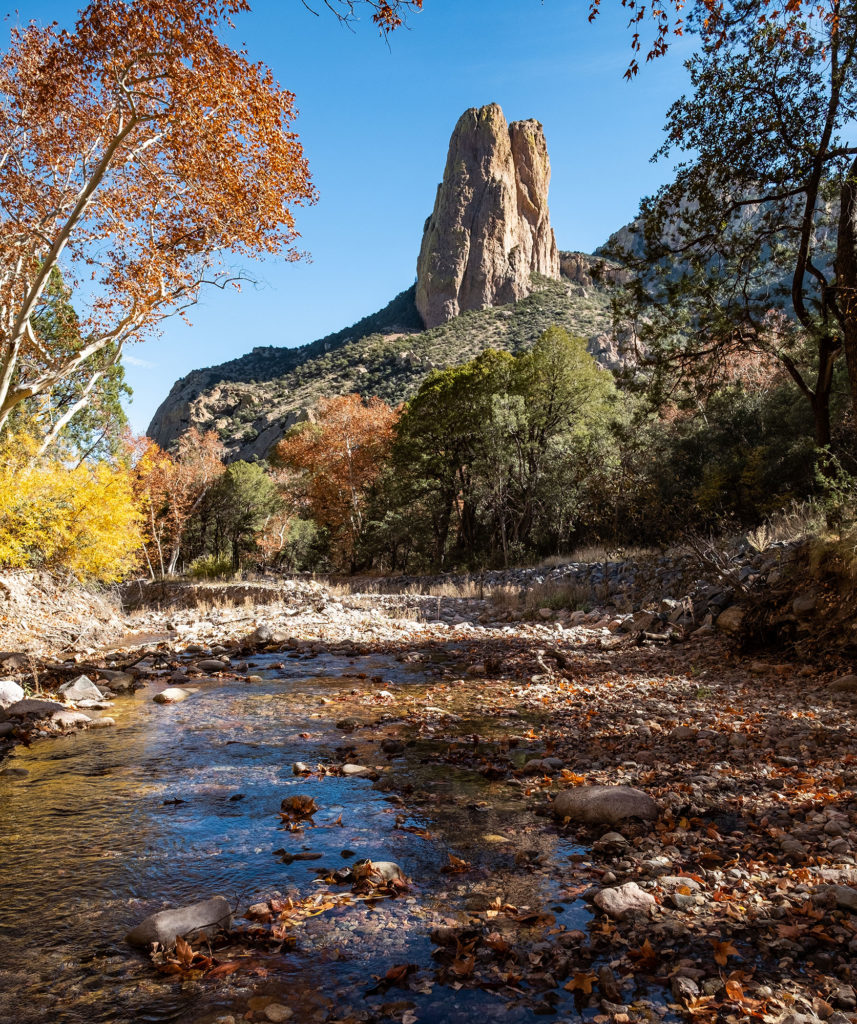
Cathedral Rock in Cave Creek Canyon
© Eskild Petersen -
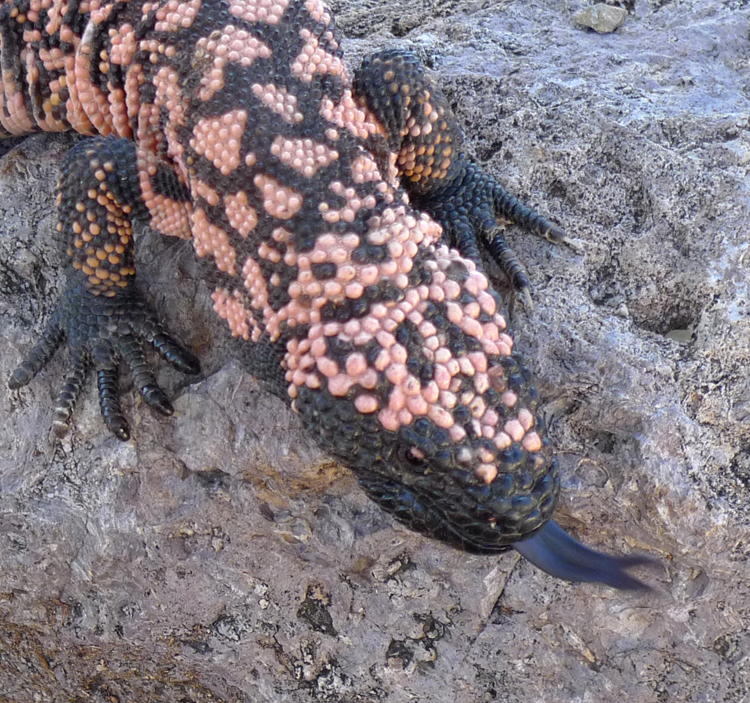
Gila Monster
© Narca Moore -
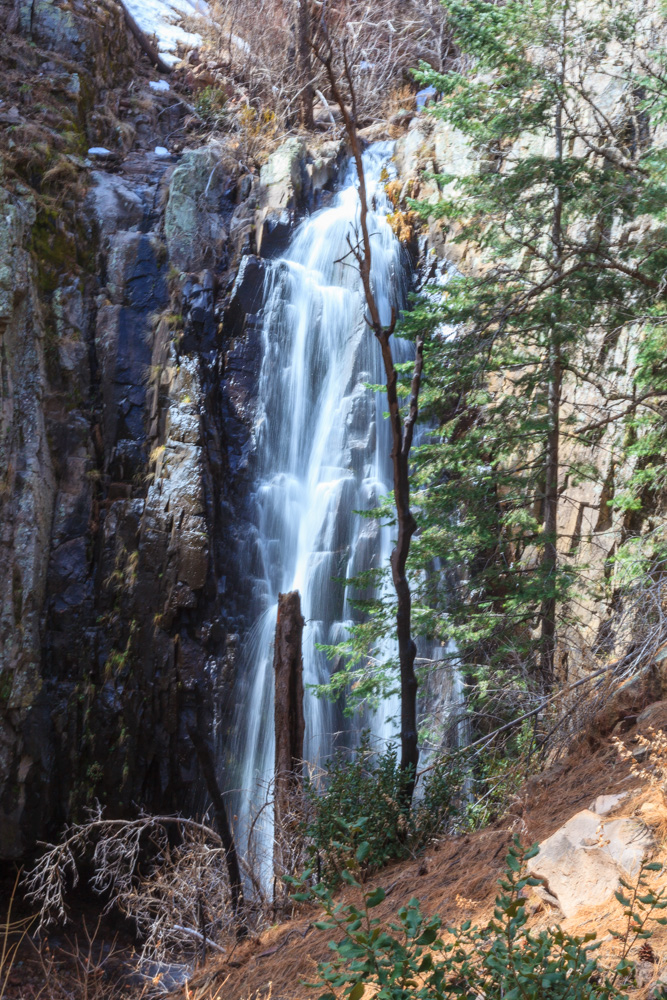
North Fork of Cave Creek Canyon
© Jonathan Patt -
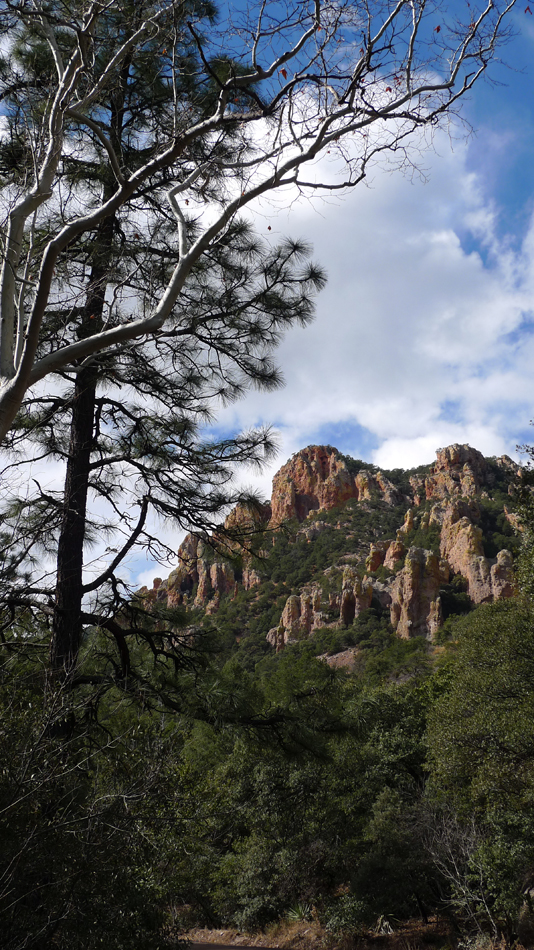
South Fork of Cave Creek Canyon
© Narca Moore -
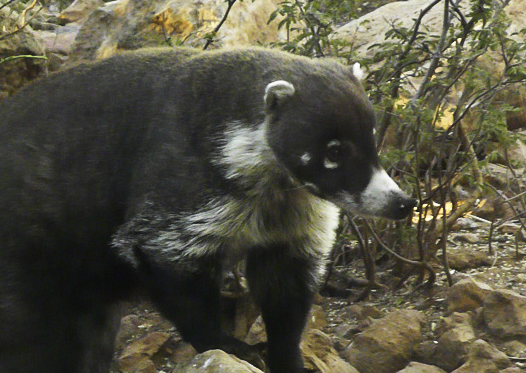
White-nosed Coati
© Narca Moore -

Turkey tracks in the snow
© Eskild Petersen -
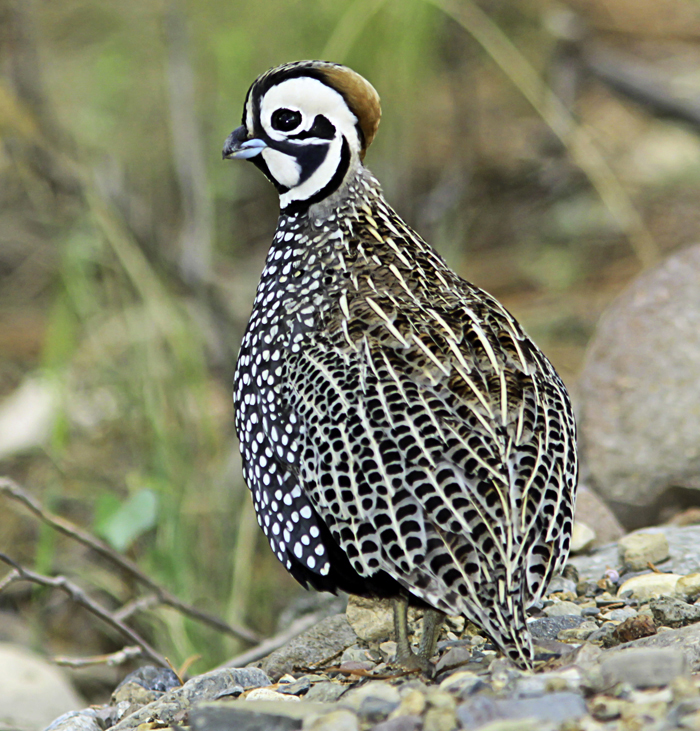
Montezuma Quail
© Chet McGaugh
The Peloncillo Mountains
Stretching nearly 100 miles along the Arizona – New Mexico border and into Mexico, the fairly low-elevation Peloncillo Mountains constitute an extremely important corridor for wildlife and plants––important at a continental level, because, of all the Sky Island ranges, only the Peloncillos directly link the northern US mountain habitats with habitats in Mexico’s Sierra Madre Occidental. The Peloncillos support pine-oak forest and evergreen oak woodland.
Here in March 1996, rancher Warner Glenn found and photographed the first Jaguar to have been discovered in the US in decades. Other mammals to roam the Peloncillos include Mountain Lions, Desert Bighorn Sheep, White-nosed Coatis, Ringtails, Spotted Skunks, Hooded Skunks, and Black Bears. Not so long ago, Mexican Wolves roamed the region.
The Peloncillo Mountains support the greatest diversity of lizards in the US, and are famous as one of only two mountain ranges where the endangered New Mexico subspecies of Ridge-nosed Rattlesnake lives.
Likewise, in the US, Gould’s Wild Turkey survived only in the Peloncillo and Animas mountains; it has since been reintroduced to the neighboring Chiricahuas. Gould’s Wild Turkey is the ancestor of the domestic turkey. The Peloncillos are a stronghold for Montezuma Quail, Gray Hawk, Zone-tailed Hawk, Peregrine Falcon, Lucifer Hummingbird, Violet-crowned Hummingbird, Northern Beardless Tyrannulet, Brown-crested Flycatcher, Thick-billed Kingbird, Lucy’s Warbler and Varied Bunting, among many others. New Mexico’s only known populations of Black-capped Gnatcatcher and Rufous-winged Sparrow live here.
The range’s most famous canyons are Skeleton Canyon, where the Apache warrior Geronimo surrendered to US forces in 1883, and Guadalupe Canyon––a jewel of the Southwest, which was badly damaged during construction of Trump’s border wall, and which is now in need of restoration.
The Dragoon Mountains
A relatively small range at about 25 miles long, the Dragoon Mountains are contained by the San Pedro Valley to the west and the Sulphur Springs Valley to the east. The Dragoons are both rugged and steeped in history, having been the home of Cochise, the Chiricahua Apache leader. Granite boulders lie tucked in among oak woodland, and the area includes both intermittent and a few permanent streams. A working flora list from the Arizona Native Plants Society includes 550 species.
-
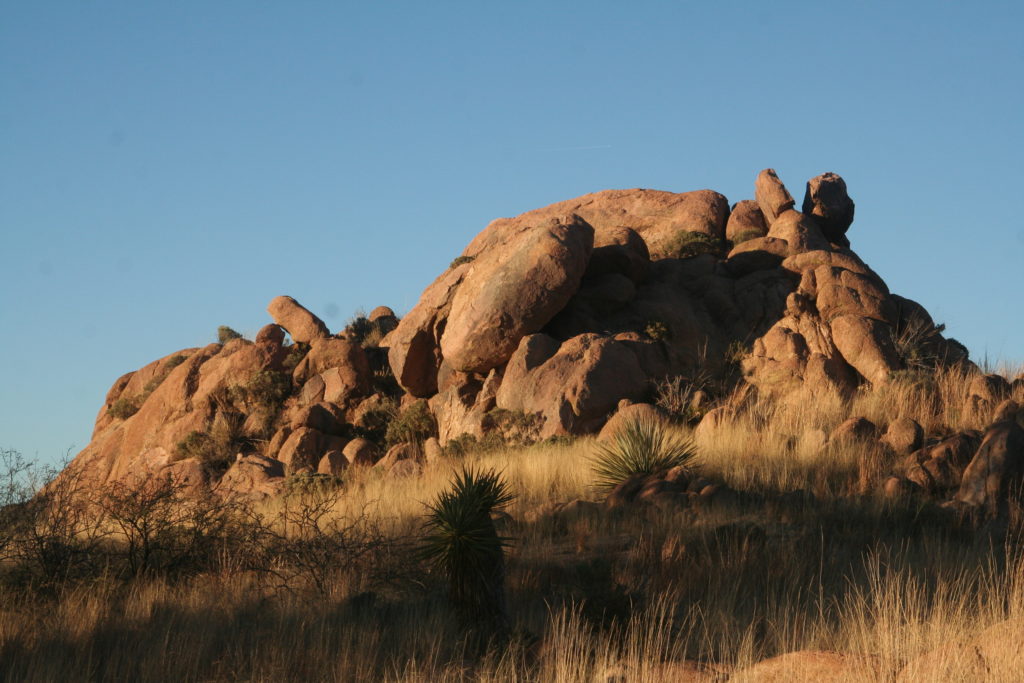
Rock formations in the Dragoon Mountains
© Wynne Brown -
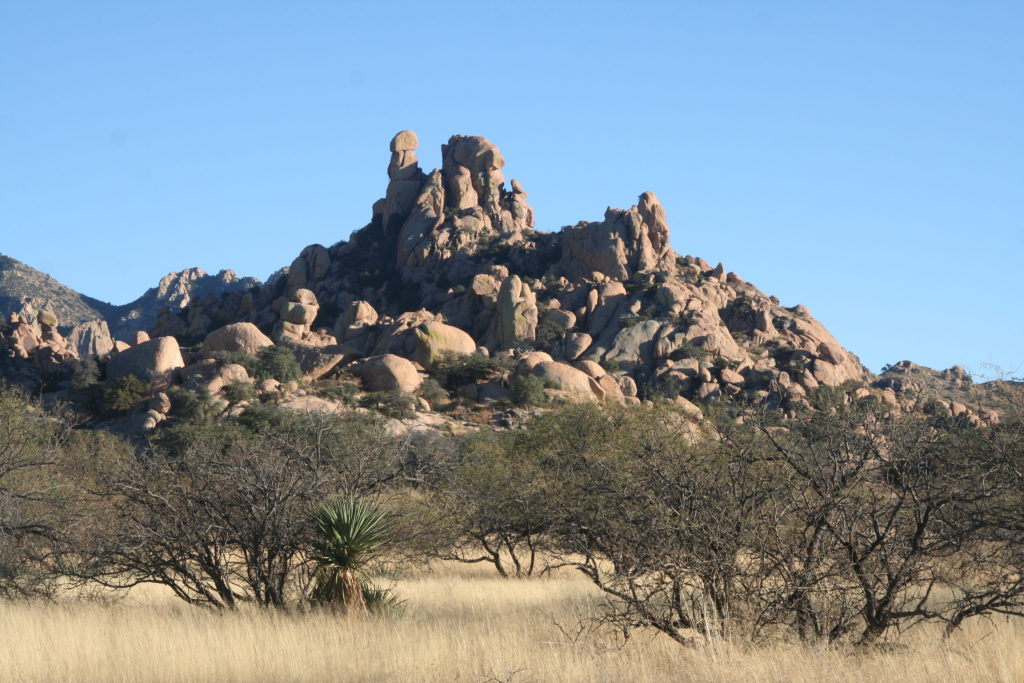
Rock formations in the Dragoon Mountains
© Wynne Brown
